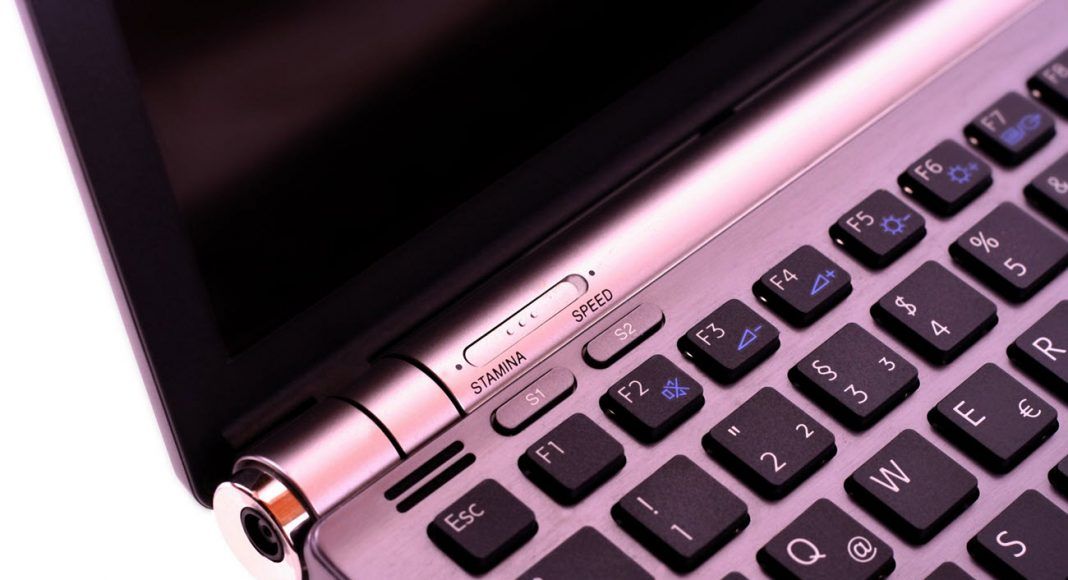We have all been there when we start to curse ourselves for a mistake we have done when our PCs have failed to boot or after our HDD crashes. Years of our work and documents will all be gone in an instant if we were not careful and had backed it up prior.
These mistakes are not the most obvious ones to know about unless you have used computers for a long time, or you have had them blow up in your face. You never want to learn the hard way or have to repeat them to finally get the lesson across.
So, to protect yourself and your data, it is good to learn more about these mistakes to help keep yourself from making them in the future.
The biggest mistakes PC users make might not be immediately apparent to you, but the solutions are simple. cwe all do make and how to stay afloat of the.
1. Not backing up the PC
When a hard drive fails, it can be an absolute nightmare unless you regularly back up your PC. All you need to do is either get cloud storage for your PC or buy an external hard drive or a flash drive large enough to hold your most important documents and files.
Most cloud storage programs will perform regular backups on their own, so long as they have the space for it.
With external hard drives or flash drives, you just need to remember to plug them into your PC periodically (every one to two months) so you have current files to work off of if your PC were to malfunction or get deadly malware.
Of course, external hard drives and flash drives can fail in much the way the internal hard drives inside your PC can. Cloud storage services backup your computer faster and can back up all of your devices, like your phone and your tablet, as well as your PC, we did curate a list of top 5 free cloud storage services you can start with.
Make sure that you know what you are backing up and how you can restore that data in the event of a disk failure.
2. Installing Windows updates blindly
Another common mistake PC users make is updating their operating system (OS) blindly without checking to see what is changing in their system when they allow it to update.
Now, in general, it is better to keep your devices updated. Developers and companies correct bugs and close security gaps with software updates, so you want to make sure you do not miss those. But updates are also when developers might try something new, and those can mess up your computer, or leave it vulnerable to attacks.
Before you update your Windows operating system, use the Windows’ feature that lets you see what updates are available and pick and choose which ones you want to download and install.
Just go to Start > Settings > Update & Security, then Windows Update and select “Check for updates” to see the list of available updates. Within this list, you can click on particular ones and see what the update includes or entails of your system.

3. Not using ransomware protection
Another big mistake PC users make is not getting ransomware protection for their computers.
Ransomware is a kind of malware that accesses a computer, locates important, personal documents and data and blocks access to them by encrypting them. In order to remove the block, you have to pay the hacker a ransom; hence the “ransom” part of ransomware.
This is obviously a scary form of malware and hacking, but it is one that is entirely preventable. All you can do is use anti-virus software to keep ransomware from getting on your PC in the first place. There are some great products out there to, but Windows has basic protection built into it already called Controlled Folder Access.
This awesome, built-in feature will keep your computer safe and works incredibly well with Microsoft Defender Advanced Threat Protection, Windows-manufactured anti-virus software. Use both, or at least Controlled Folder Access, to keep your important files safe from malware.
4. Powering off your computer with power button
If you momentarily press the power button, it is like selecting “Shut Down”. If you press and hold the power button, it is a “Hard” Shut down and will turn off the computer without closing files/apps like a regular shut down does. This is normally a bad idea, as it can lead to lost data, file system corruption, and other issues.
There are a lot of things happening during the shutdown process. Here are just a few examples of what happens when you request your computer to shut down:
- Checking to see if any user applications have not been closed yet (like an unsaved document) and prompt the user if necessary;
- Stopping background services;
- Waiting for the termination signal from services and applications that are open or running;
- Flushing the cache to disk
- Writing log files;
- All users are logged out;
- Ending the operating system shell;
- Start installing Windows updates and tell the system to finish the update process during the next system startup, if necessary
- Updating the system registry
- Send the ACPI shutdown signal (this is what turns the machine off).
These processes are not performed during the unexpected power termination (blackouts, brownouts, and using the power switch). This is why your disk drives can be corrupted.


